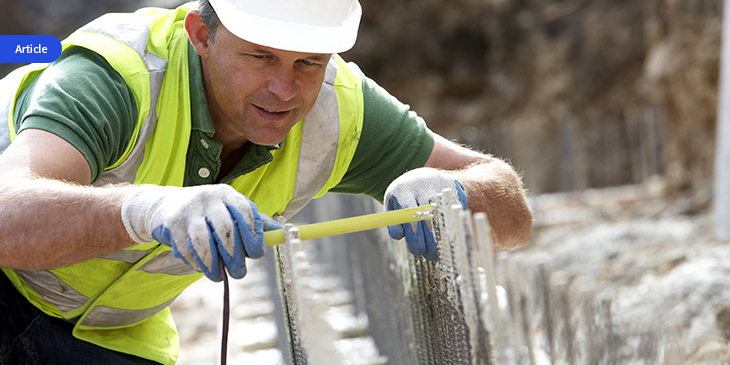Up to eight in 10 homeowners are underinsured. It’s a problem the Australian Institute of Quantity Surveyors (AIQS) is hoping to solve. It’s lobbying for the insurance industry to compel residential property owners to have a professional replacement and assessment report before they can be insured.
What do quantity surveyors do?
Quantity surveyors are degree-qualified to advise on construction costs, including estimating, tendering, contract administration and managing projects. Their estimates detail the materials, contractors, and labour you’ll need for your project, as well as the costs involved. Bank lenders use these initial cost reports to identify risks before the building starts.
Clients, architects, engineers, planners, and others work with them to keep projects on time, within budget and meet quality standards. Quantity surveyors are also depreciation experts – they can help substantiate tax deductions for investment properties.
These experts recommend homeowners do an initial full replacement cost report, update those costs annually and do full updates every three-to-five years. The price of the full report can range from $400 to $600, depending on the property’s value.
What’s the issue with under-insurance?
Most homeowners rely on insurers’ free online tools to estimate rebuilding costs, but these can be very general.
Being underinsured means even though you have a policy, you’ll still be out of pocket to rebuild your home after a disaster. Quantity surveyors, though, are up to date on current material and labour costs and can predict price movements, so can accurately estimate rebuilding costs.
Under-insurance more prevalent with global factors at play
Building materials are more expensive and in short supply, and tradies and their skills are in high demand. These factors make it difficult to get an accurate figure for residential building replacement costs.
For instance, house replacement costs could rise by between20% and 50% from when the south-east Queensland and northern NSW floods hit earlier this year until building starts. That’s according to a report in The Australian Financial Review. This estimate was before the Australian Bureau of Statistics announced the 5.1% CPI inflation figure for the March quarter.
Homeowners should consider if their insurance covers replacing not just their building, but water tanks, garages, retaining walls, and more.
What can help make sure you’re properly insured?
Insurance policies generally offer total replacement or sum-insured cover. Complete replacement cover includes costs to rebuild your home to the pre-disaster standard; sum-insured cover protects you up to an agreed amount. With the fluidity in building materials’ pricing, you’re more likely to be underinsured if your policy covers you for ‘sum insured’.

